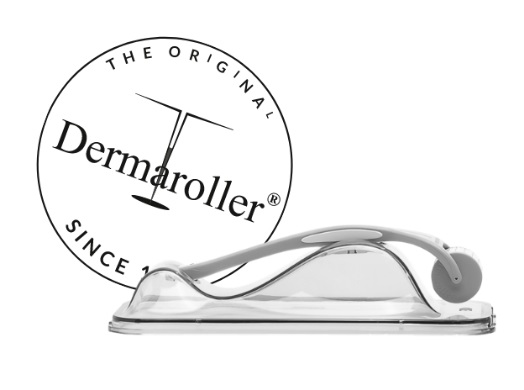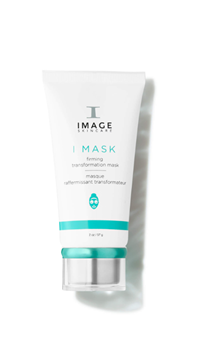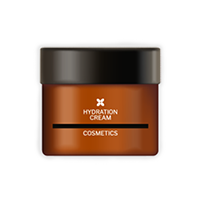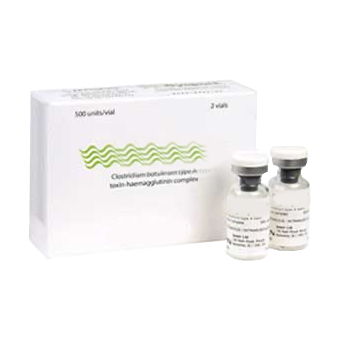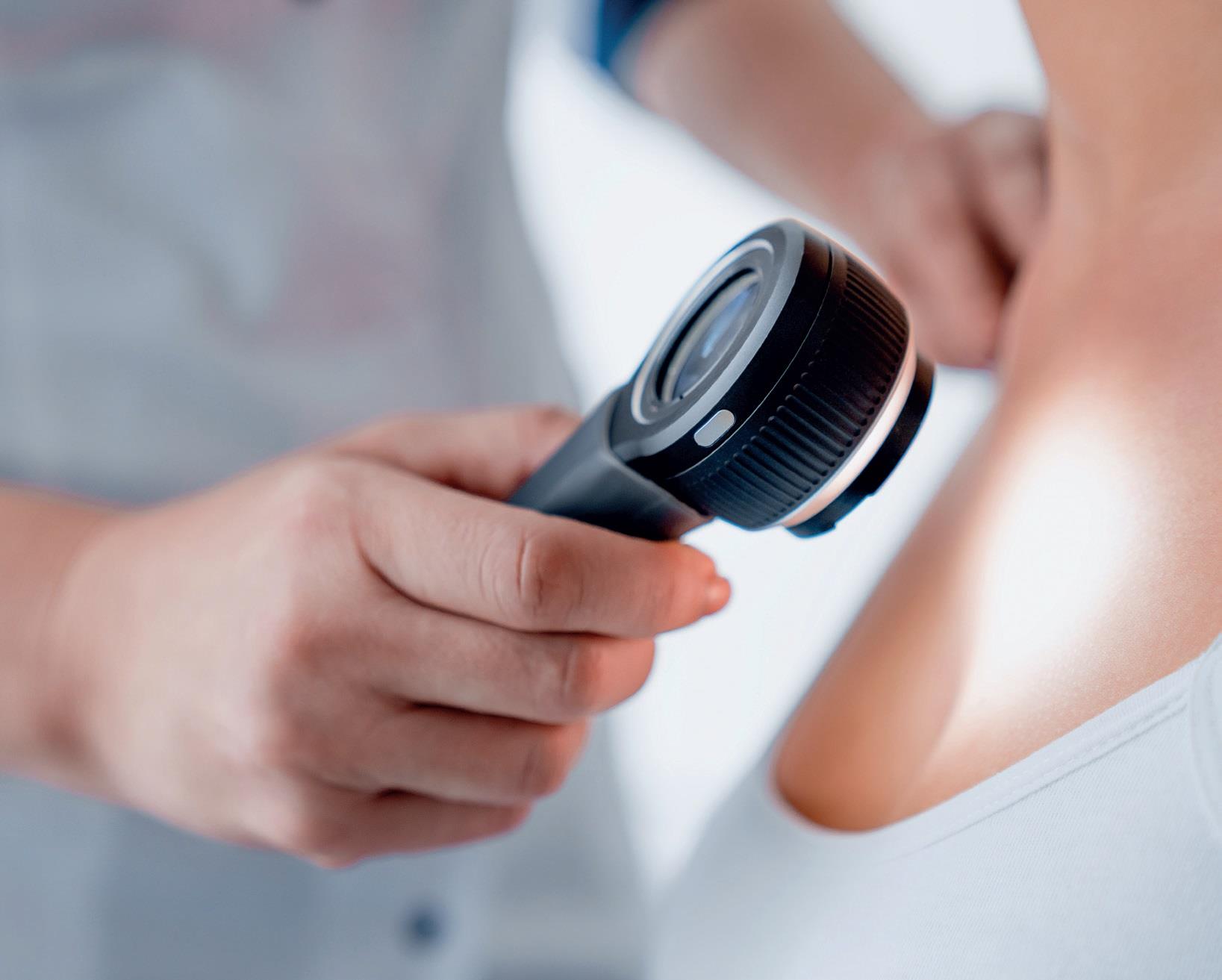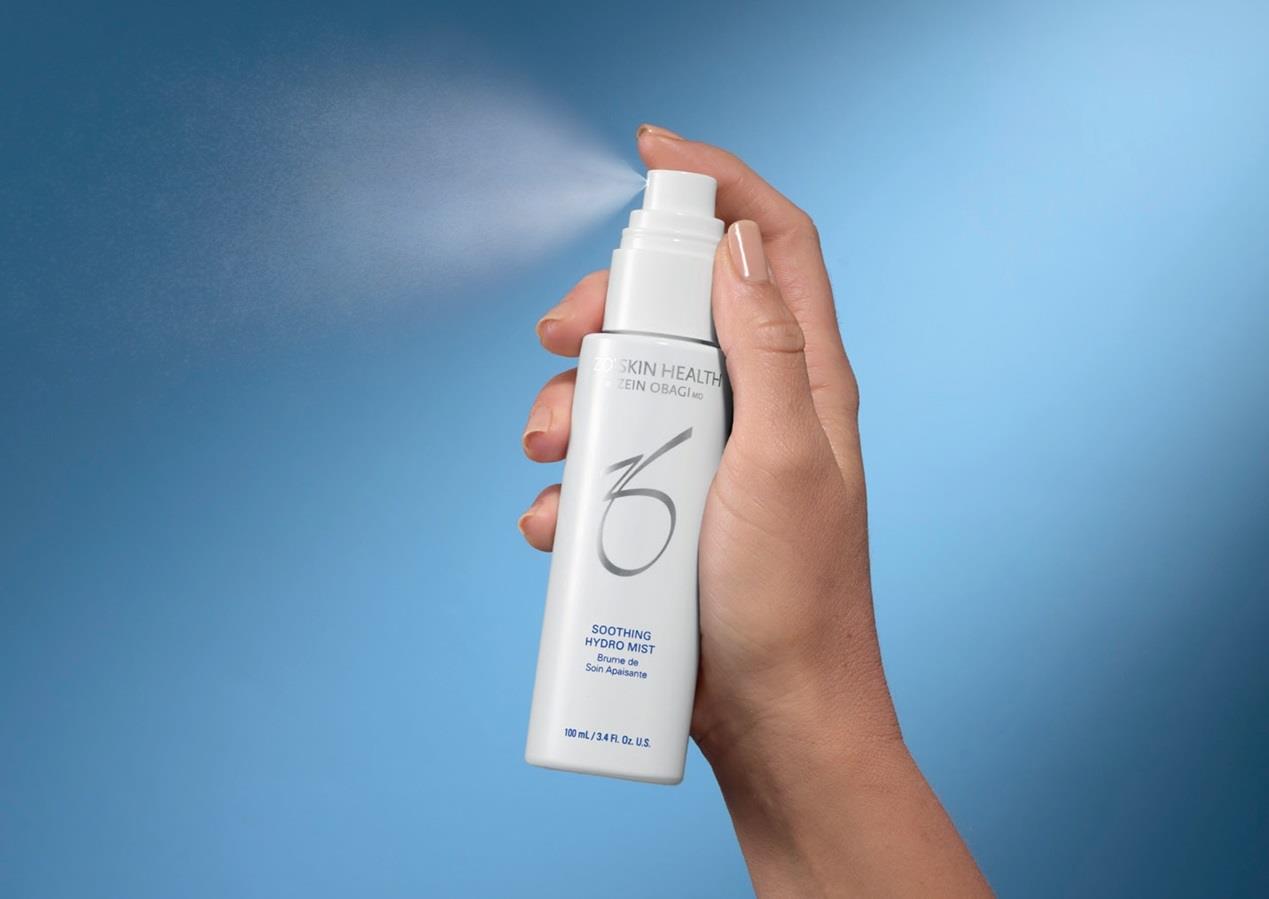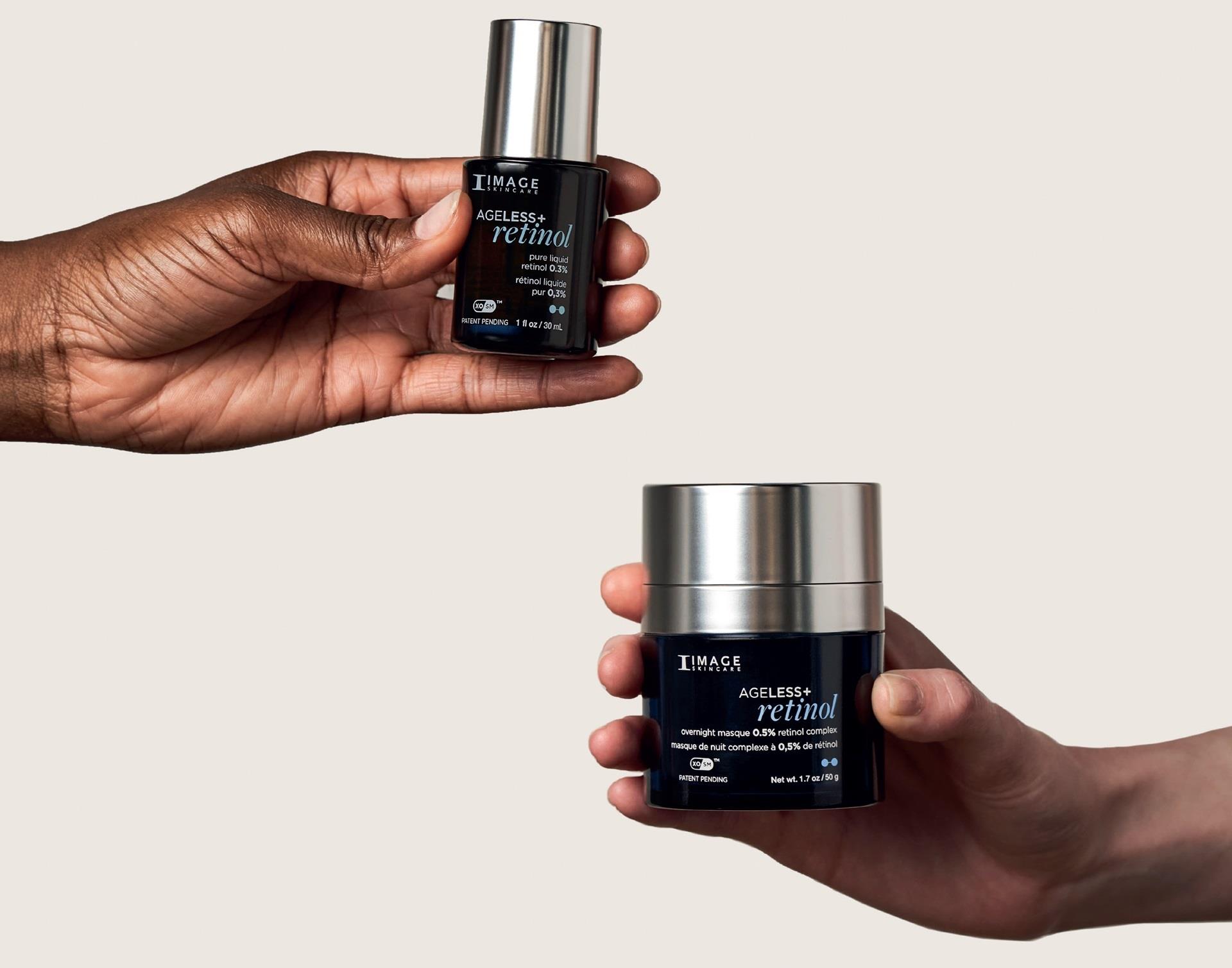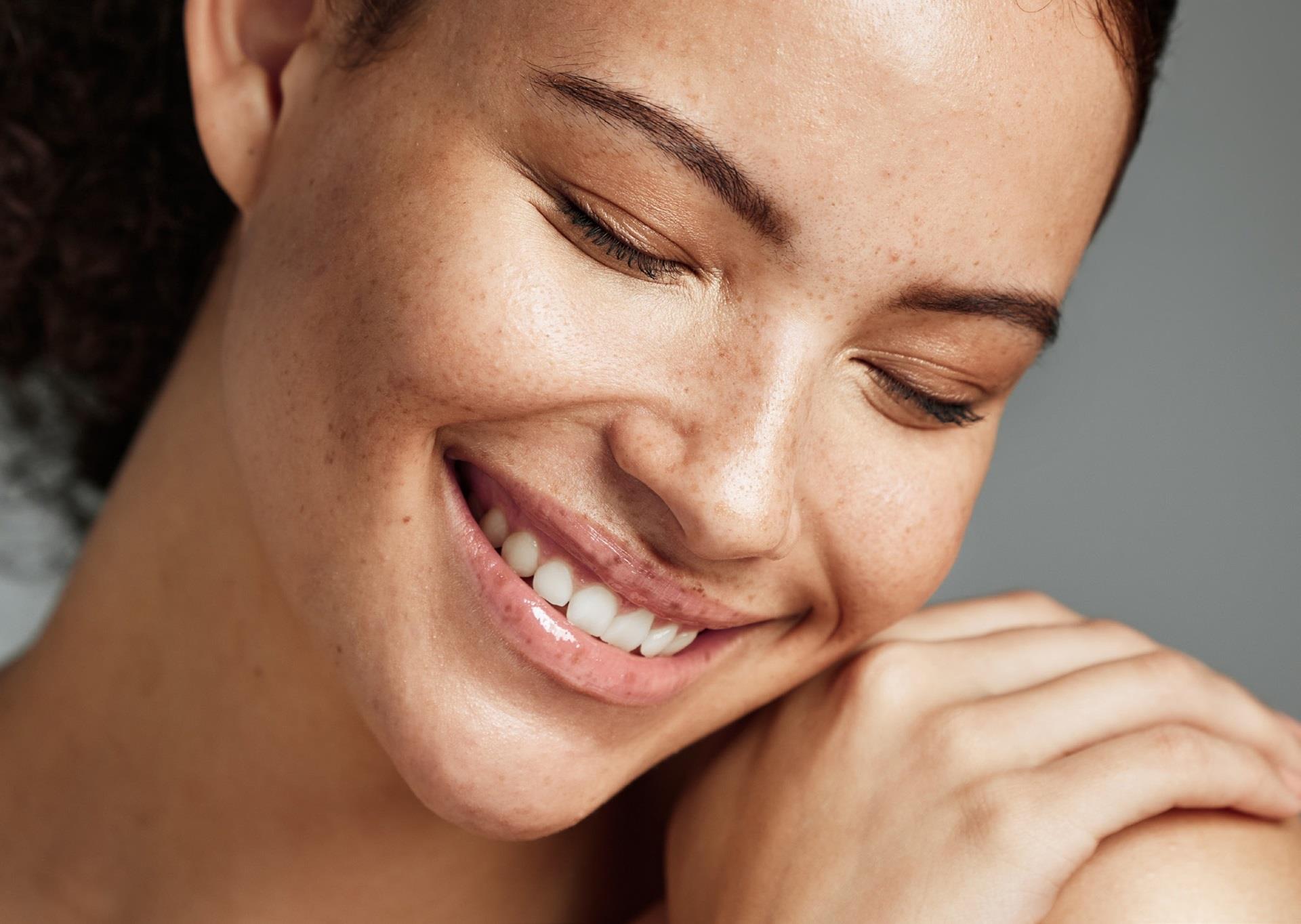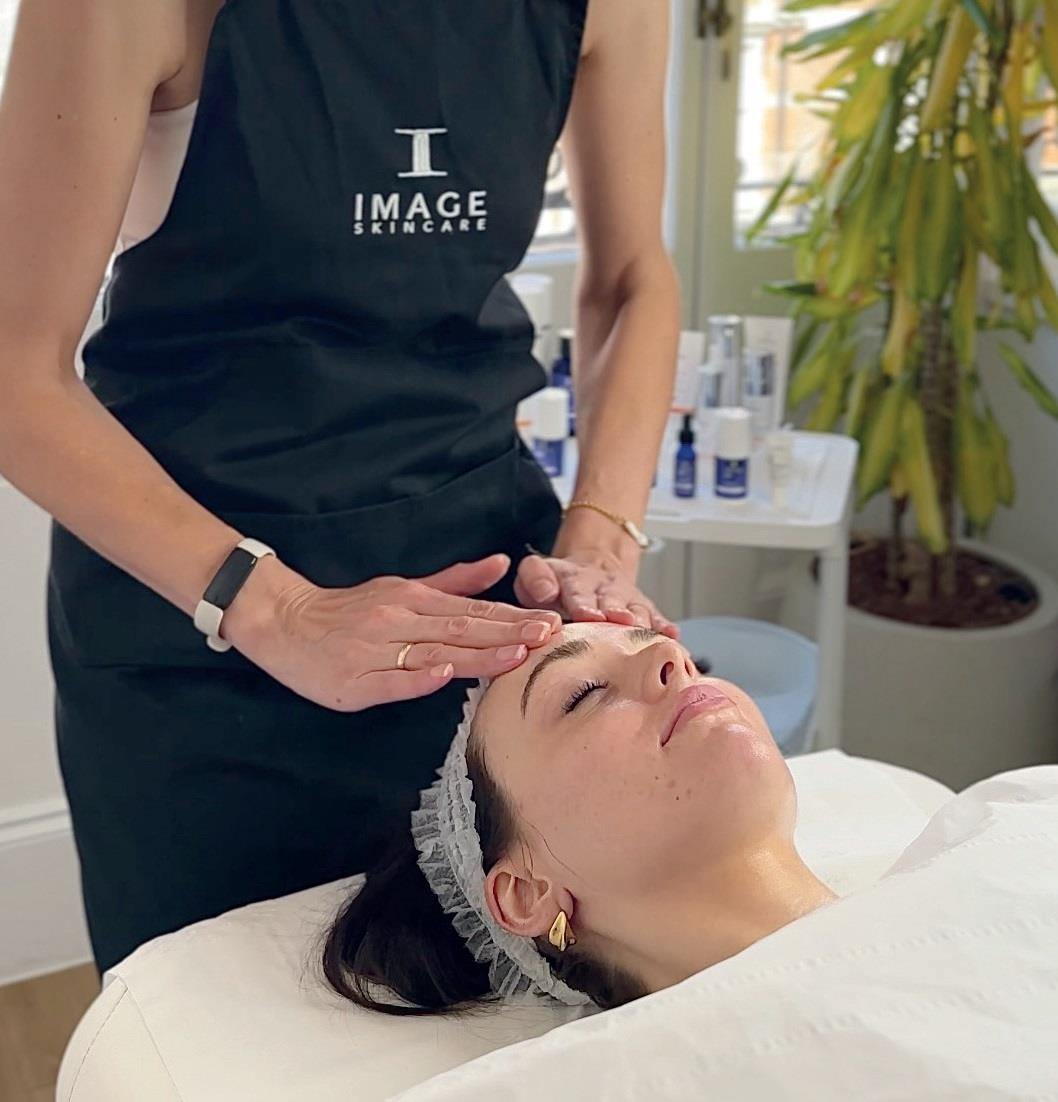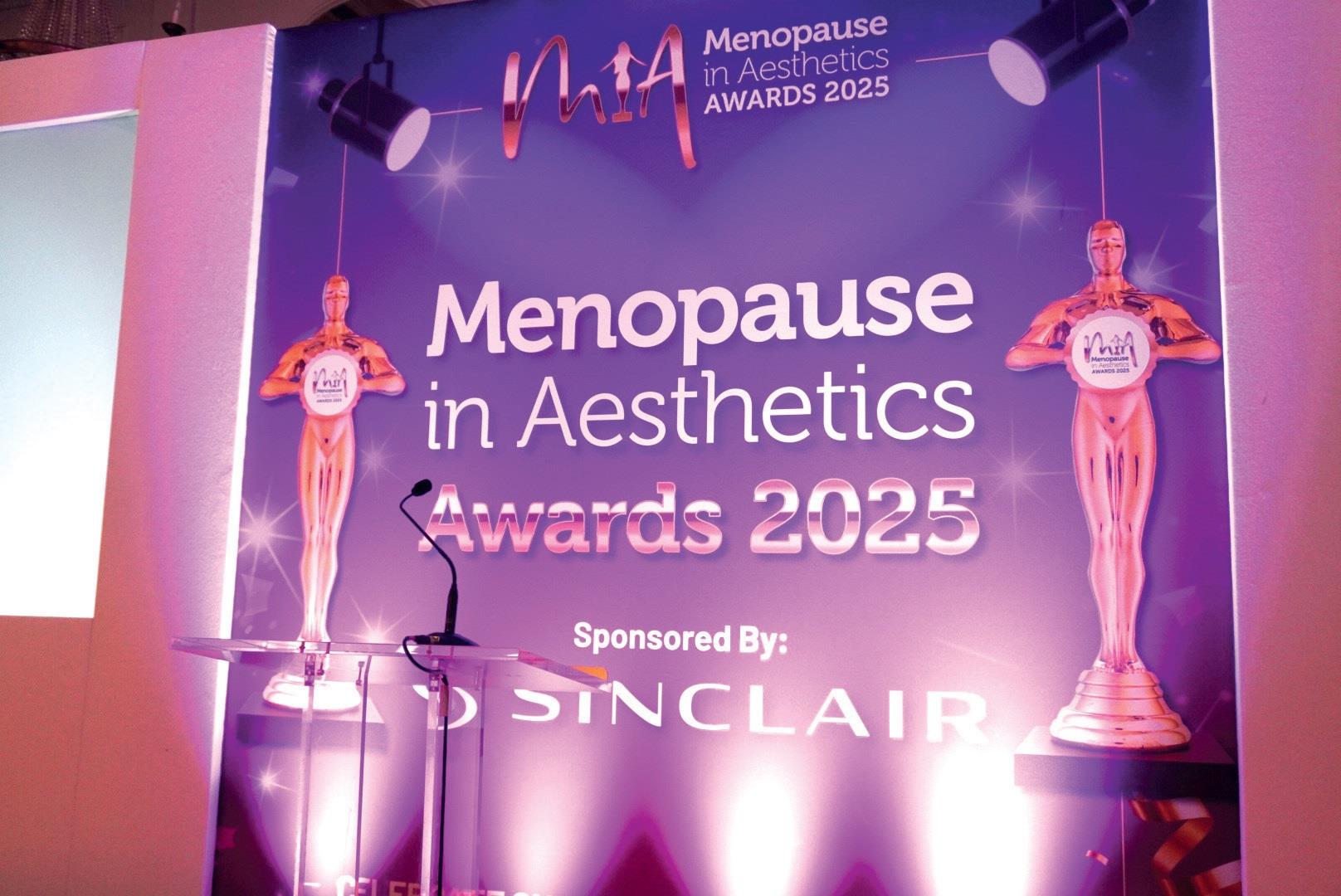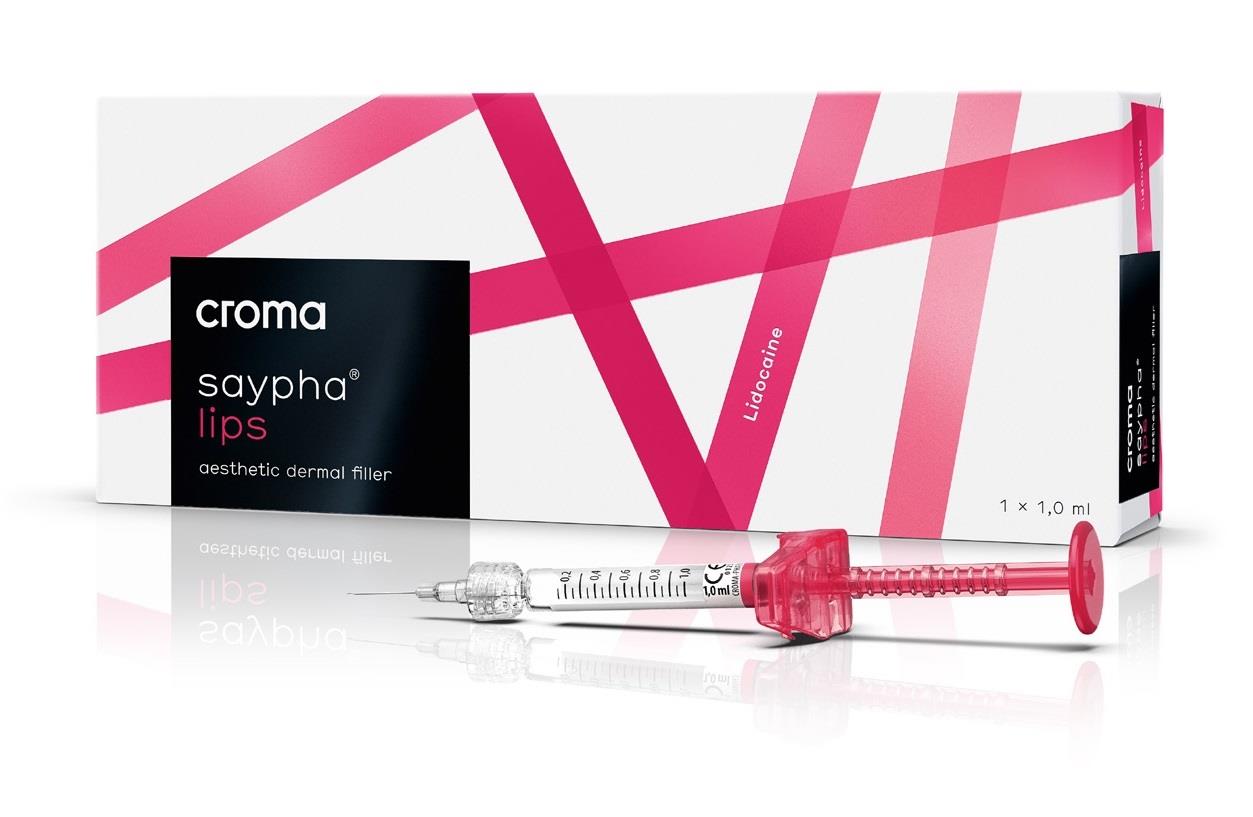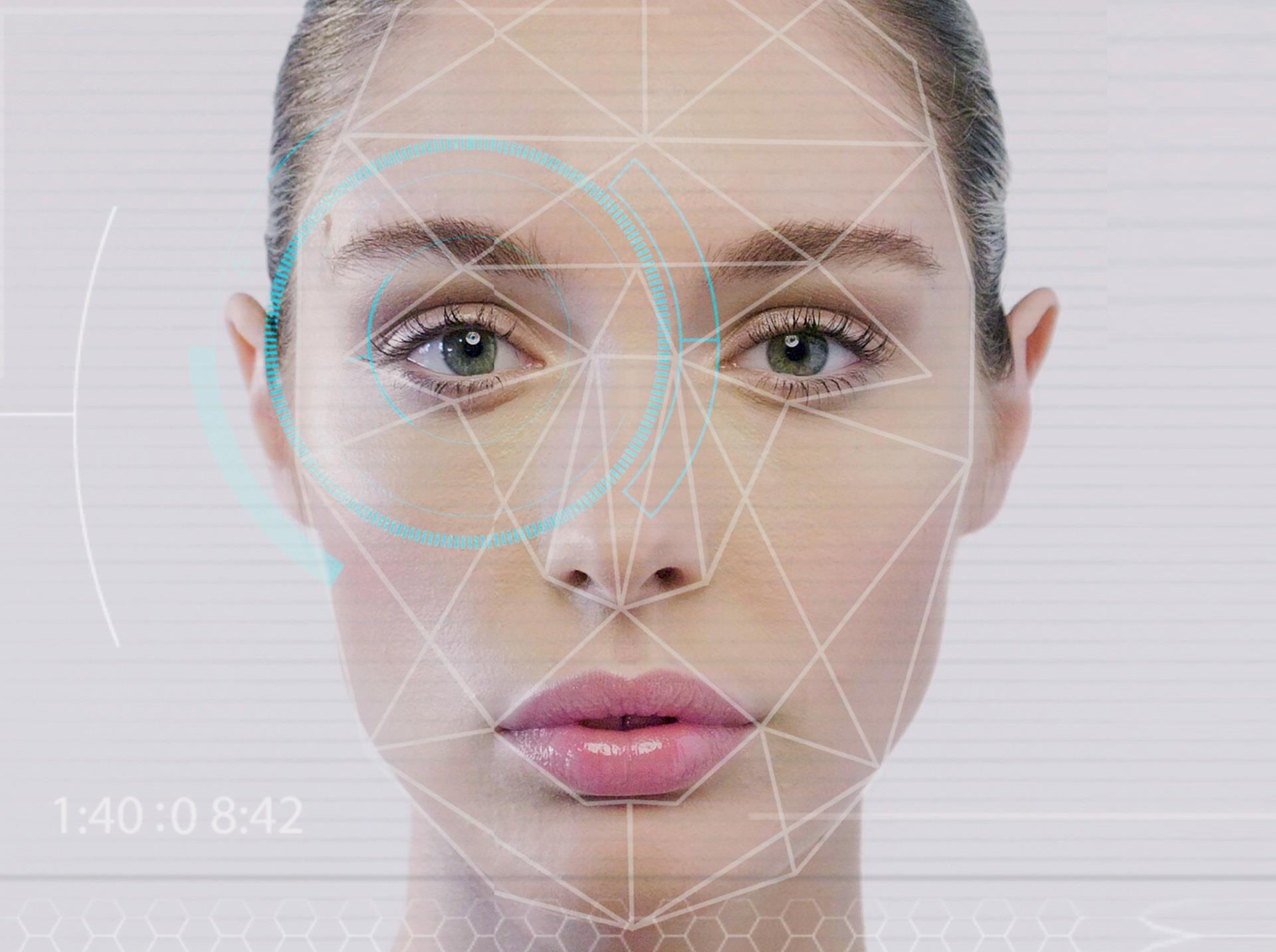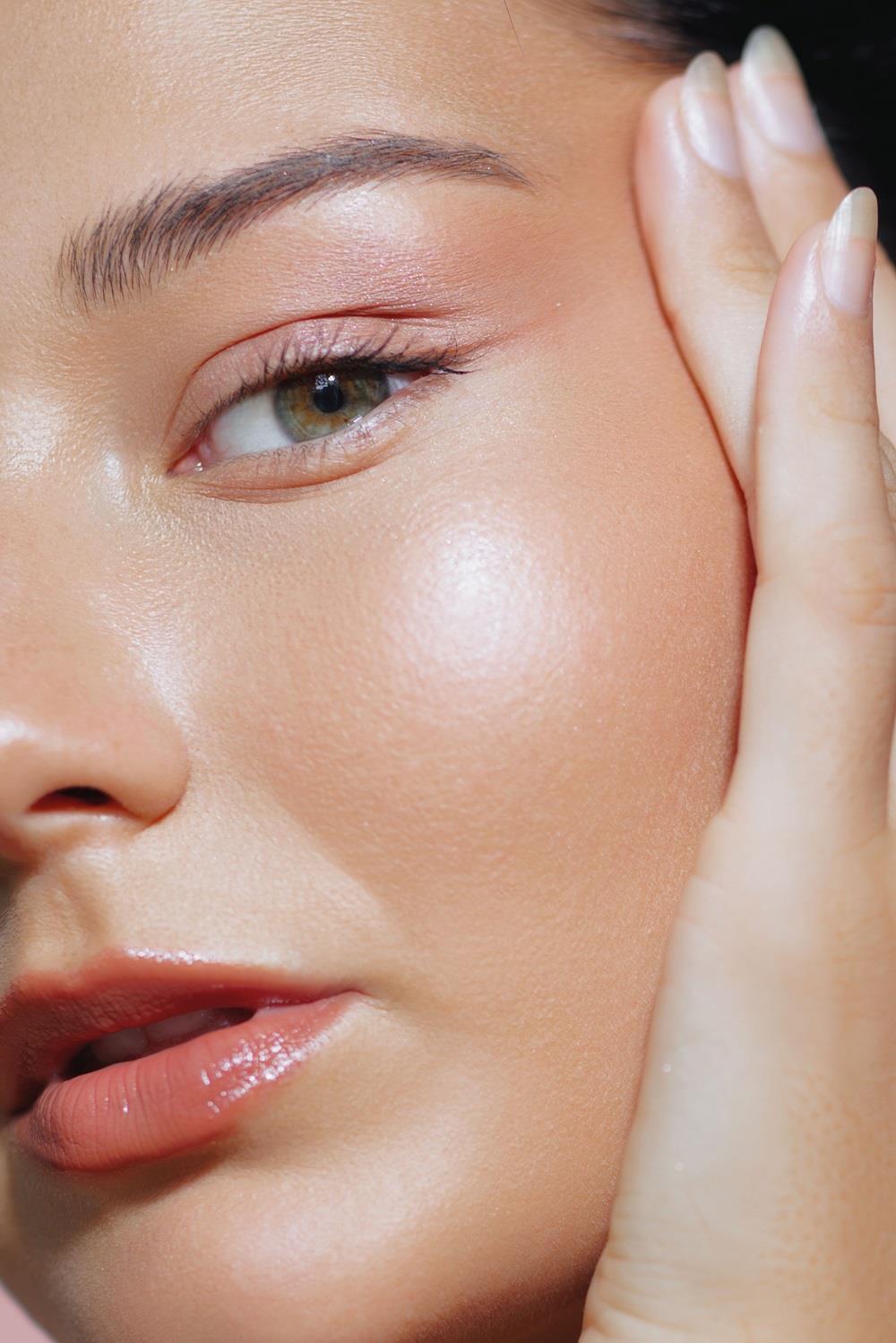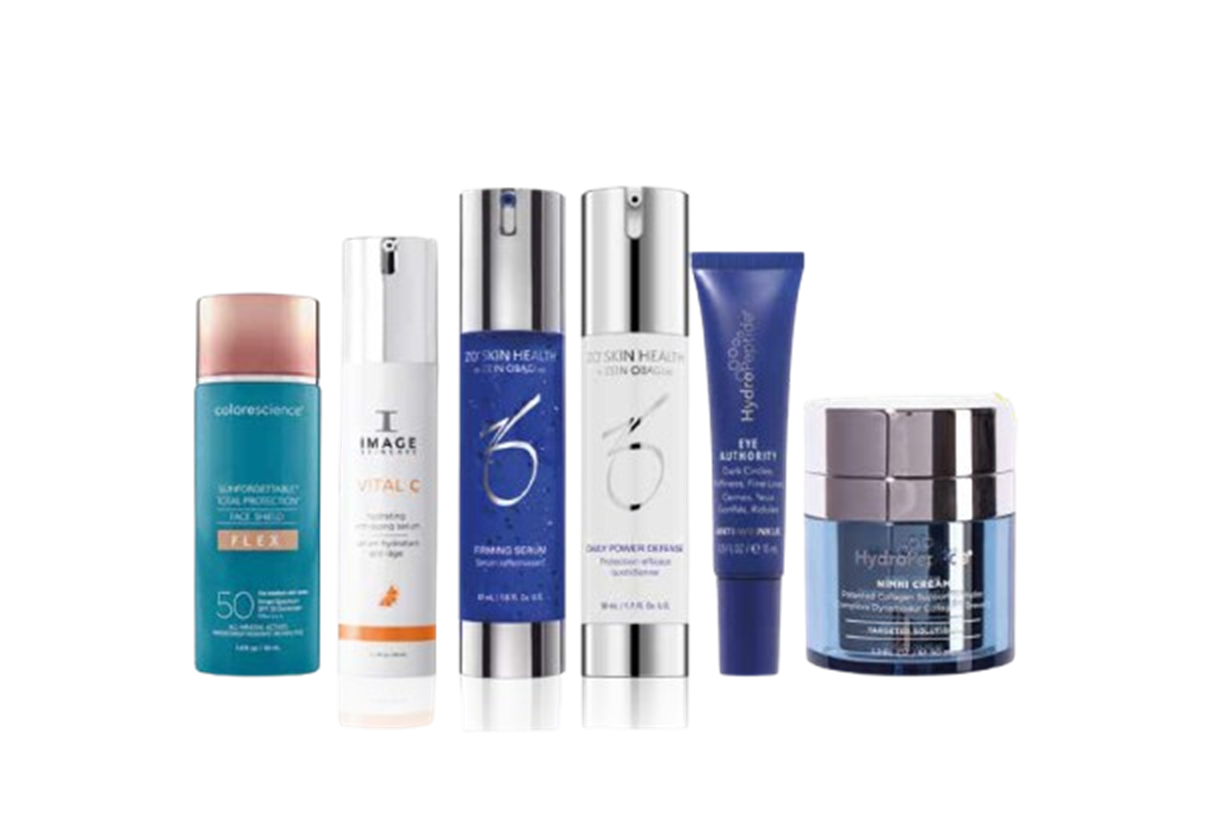
A recent study by Melanoma Focus UK recently found that only 11 per cent always use an SPF. Dental Surgeon and Aesthetic Practitioner Dr Raquel, and former ENT Surgeon and Aesthetics Practitioner Dr Aggie, talk about the use of SPF, what they are seeing patients for and their recommended treatments for sun-damaged skin.
Why are people not wearing SPF every day?
Dr Raquel believes it’s down to the lack of information: “People are unaware of the UV damage that can be caused, even during a normal cloudy or rainy day,” she says, adding that her patients sometimes only wear the SPF that’s included as an ingredient in their makeup.
"People are unaware of the UV damage that can be caused, even during a normal cloudy or rainy day"
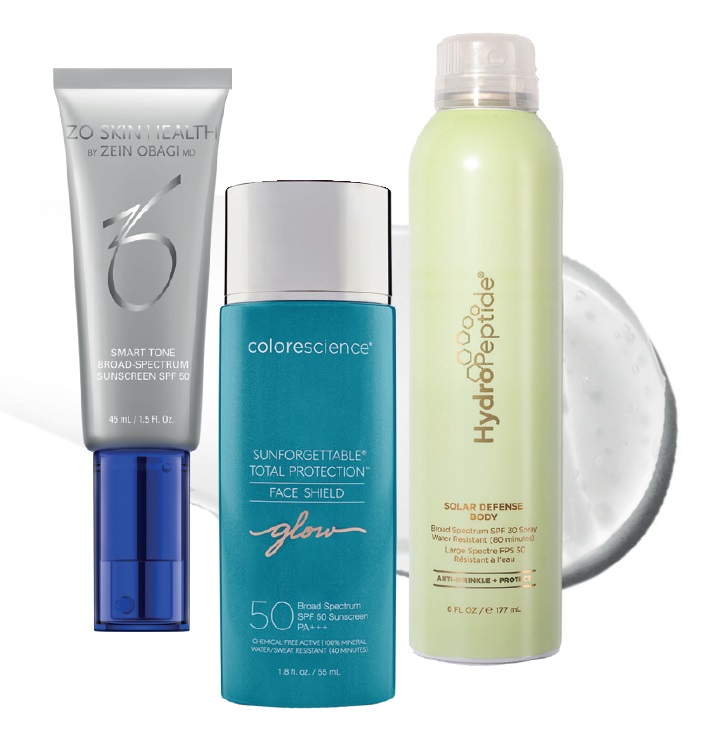
Dr Aggie notes that her patients often think SPF should only be used for holidays. “They don’t consider the accumulative effect of daily UV exposure, they also don’t link thinning of the skin, ageing and pigmentation.”
Both Dr Aggie and Dr Raquel say they see patients coming in for aesthetic treatments, who don’t wear SPF daily oreven at all—they both teach their patients about the importance of sun protection and the effects of sun damage.
“SPF is the cheapest anti-ageing ingredient you’re going to get!” says Dr Raquel. Dr Aggie agrees that SPF is the one product she recommends to everyone: “There are different types of SPFs so we can tailor it depending on whether the skin is oily, sensitive or dry, so there’s no excuse.”
Many of Dr Aggie and Dr Raquel’s patients’ skin concerns are around sun damage: “The vast majority of concerns I see daily have a component of sun damage, be it pigmentation, sun spots or premature ageing—that’s a consequence of lack of skin protection,” says Dr Aggie.
There are a variety of treatments on offer to help with the effects of sun damage, including polynucleotides, which both Dr Raquel and Dr Aggie offer. This regenerative injectable treatment improves the structure and function of the skin, stimulates more collagen, reduces pigmentation and accelerates cell proliferation, along with having antiinflammatory properties.
Also recommended by the duo is microneedling, IPL, Dermalux LED and of course, skincare; using a combination of all of the above are when the best outcomes can be seen.
It’s not just about the face
“I always educate my patients not to forget the neck” says Dr Raquel, who says it’s common to see patients with a youthful looking face, but their age shows through their neck and hands.
She shares that patients don’t tend to notice until they’re in their 50s and 60s, which is when it can become tricker to treat. “It’s so much better if we can prevent with treatments before it starts to degrade.”
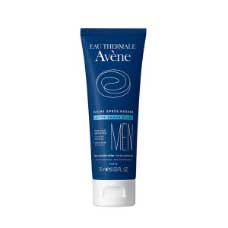
 Added to basket
Added to basket

 Unapplied Changes
Unapplied Changes


